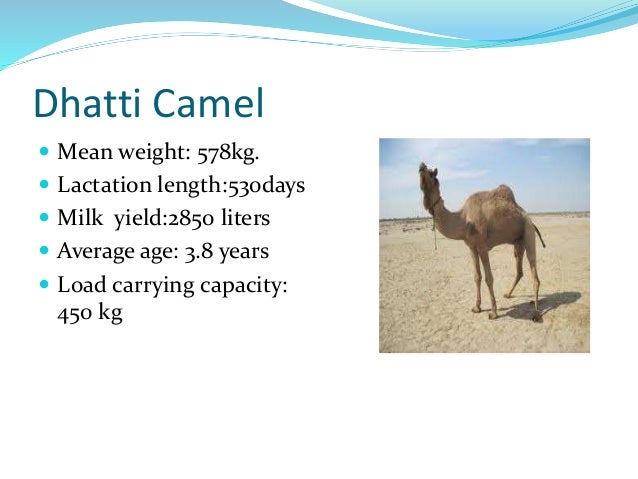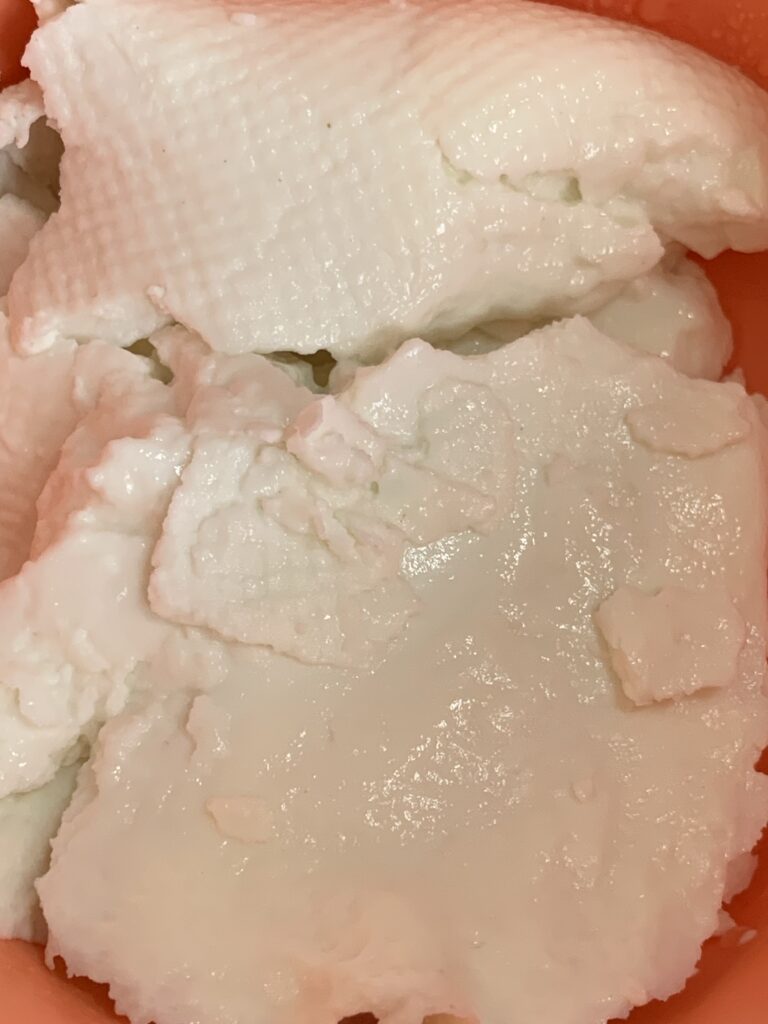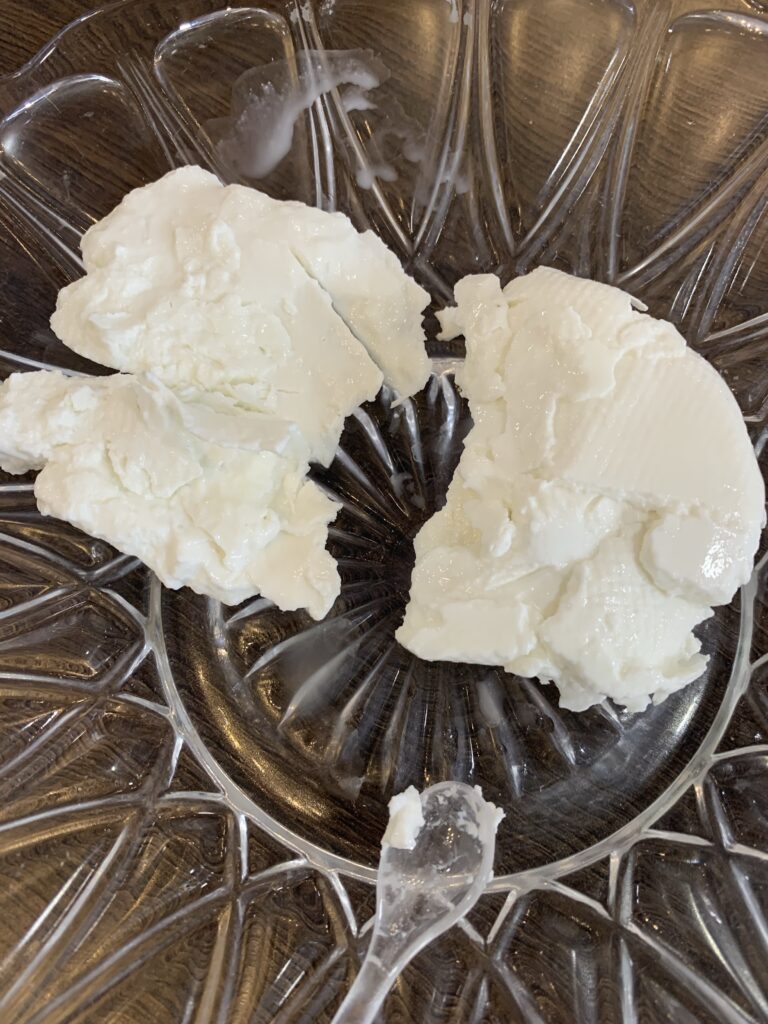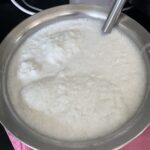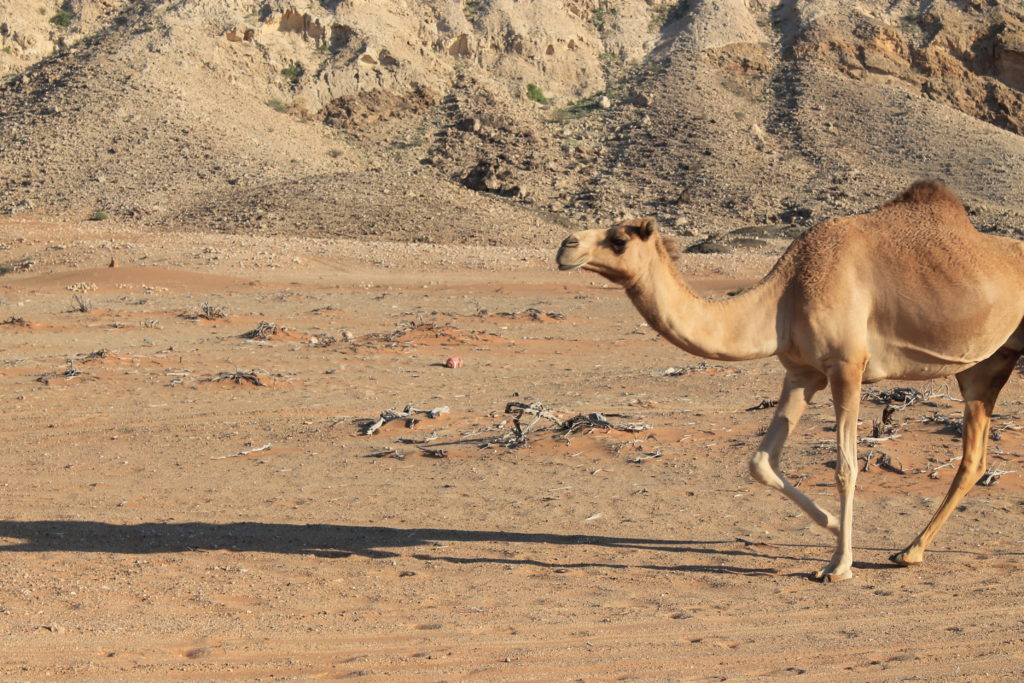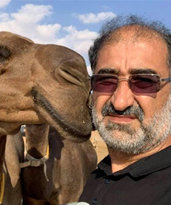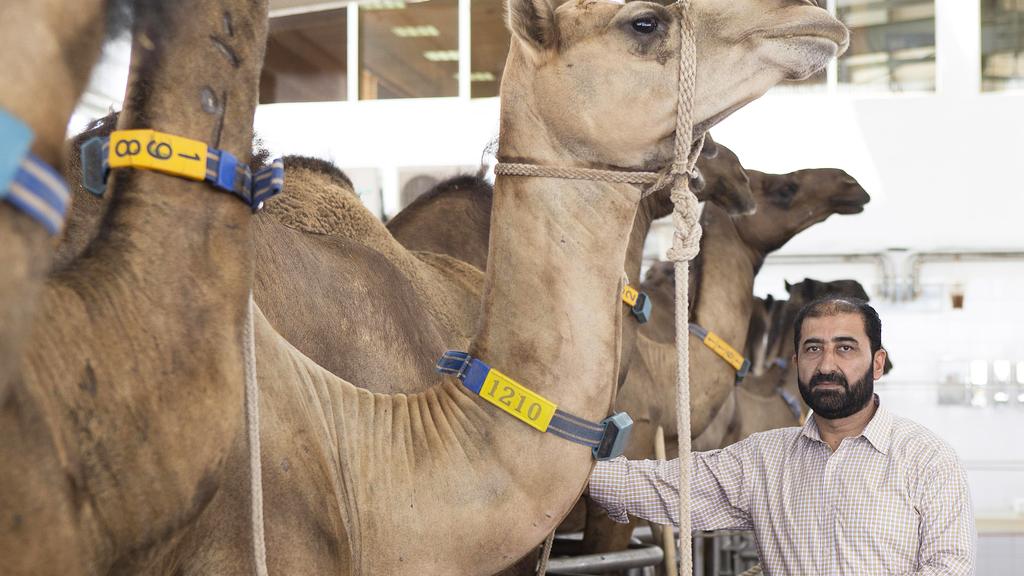ghazi52
PDF THINK TANK: ANALYST

- Joined
- Mar 21, 2007
- Messages
- 101,794
- Reaction score
- 106
- Country
- Location
How to do Camel Farming in Pakistan
Muhammad Awais

Camel Farm is a project of the livestock. The project is proposed to be set up in rangelands of Balochistan, coastal areas and desert area of Cholistan, Thal and Tharparkar. In these regions, camel is a source of milk and meat, transport facility provider and a racing/dancing animal, thus, playing an important role in the socioeconomic uplift of the local community. A herd of 40 camel breeders would be purchased and raised in conventional farming system. The breeder herd is assumed to give birth to 27 camel calves every two years. The female calves would be retained for milk and breeding purpose, while the male camels would be raised on the farm for 2 years and then sold into the local market. The milk from the camel cow would be sold directly to consumers or processing companies.
Cholistan desert has long been famous for raising different breeds of livestock and supply excellent quality of their products, which contribute a significant share to national meat, milk and wool output. The people residing in remote desert areas and nomads consume fresh raw or soured camel milk (a sort of yogurt). The nutrient contents of the camel milk are as good as or even better than that of the cow milk. Of great relevance for human nutrition in desert arid areas is its high vitamin C content ranging between 29 and 36 mg/liter milk, which amounts to three times the level of cow’s milk and one and a half times as much as in human milk. Almost around all major cities in Pakistan mobile camel dairies are found. The nomad camel keeping families keep on moving from one suburb locality of the city to another and sell camel milk there. The reported milk yield ranges between 900 and 4000 liters in a lactation period of 250 to more than 500 days. The average daily yield under different management systems is reported to vary from 3 to 8 liters. The females are milked twice to four times a day in Pakistan. According to a very modest estimate, the camel milk annually produced in this country is 0.24 million tons valued at Rs. 2.4 billion.
The total initial cost for setting up the quail unit is estimated at Rs. 8.417 million. The project is proposed to be financed through 50% debt and 50% equity. The project NPV is projected around Rs. 15.949 million, with an IRR of 38% and a payback period of 4.27 years. The legal business status of this project is proposed as ‘Sole Proprietorship’.
In this pre-feasibility study, all the calculations have been based on a breeder herd size of 40 camels, (2 males and 38 females). 70% of the females in the parent herd are assumed to be pregnant and would give birth to 27 camel calves every 2 years. The male camel calves are sold after being raised for two years. The female calves would be added to the breeding herd and would reproduce after 5 years and add to the milk production. Camel cows would be producing approximately 4500 liters of milk for a year.
Livestock products not only provide high-value protein but are also important sources of a wide range of essential micro-nutrients, in particular minerals such as iron and zinc, and vitamins such as vitamin A. For the large majority of people in the world, particularly in developing countries, livestock products remain a desired food for nutritional value and taste. The existing daily availability of protein quantity per capita in Pakistan deriving from animal source including beef, mutton, poultry and fish combined amounts to 11 grams. This is far less than the recommended daily dietary protein allowance from animal source of 26 grams according to the World Health Organization standards.
The indigenous dromedary camel (Camelus dromedarius) has continued to be the sole source of food, transport, and income for hundreds of thousands of nomads, its potential for increasing food supplies and family income has almost been ignored by planners of development projects and researchers. There is sufficient evidence to indicate that the dromedary camel possesses practical and unique attributes for meat and milk production under intensive and extensive management in the arid and semiarid regions of Pakistan. Due to prevailing droughts and the trend towards decreasing production of other animals, the camel has gained more attention as a way of bridging the gap between demand and supply. Decreasing camel population demands that we attend to the factors contributing towards its decline. Recent studies have shown that the camel is a prime candidate for meeting the milk requirements of pastoral people, and as well as other populations if managed, bred and fed properly.
Furthermore, in the context of change and global warming, under-exploited species like camel will find a better place to thrive and produce even under harsh climatic conditions. There are many virgin areas of research and development in this species, demanding that proper milk recording, selection and breeding practices are made to exploit its genetic potential to the maximum. Some planned and integrated efforts are needed in the camel-populated areas of Cholistan and Balochistan to undertake research and development on this species and allied matters. This is expected to bring revolutionary changes and further improvements in enhanced milk production and assist camel herders by improving their pastoral economy.
The camel farming is a project of livestock sector, in which, the camels would be raised for both milk and meat purpose. The camel breeder herd would be raised on the conventional farming system. The adult breeding herd would be procured from local animal market. The milk of the camel cow would be sold directly to consumers or processing companies. In addition, the farm would work for the production of camels for sacrificial purpose as well as meat purpose. A herd of 40 camels would be sufficient to start the farm, having 2 males and 38 female camels. 70% of the female camels would purchased are assumed to be pregnant and would give birth after 6 months. Through out the project life 70% of the female camels in the parent herd are assumed to give birth to 27 camel calves every two years. The lactation period of female camels lasts around a year. The male camels would be raised for 2 years and sold in different animal markets.
The specific requirement would be met by maintaining the herd in harsh environments, and would be provided proper feed and good animal husbandry practices which would be monitored by the concerned staff.
Legal Status
The business legal status of the proposed project can either be sole proprietorship or partnership. Additionally, it can also be registered under the Companies Ordinance, 1984 with the Securities & Exchange Commission of Pakistan. The selection depends upon the choice of the Entrepreneur. This Pre-feasibility assumes the legal status to be Sole Proprietorship.
Capacity and Product Mix
In this pre-feasibility study, all the calculations have been based on a breeder herd size of 40 camels, (2 males and 38 female). 70% of the females in the parent herd are assumed to be pregnant and would give birth to 27 camel calves every 2 years. The male camel calves are sold after being raised for two years. The female calves would be added to the breeding herd and would reproduce after 5 years and add to the milk production. Camel cows would be producing approximately 4500 liters of milk for a year.
Critical Factors for Camel Farming in Pakistan
Before making a decision, whether to invest in this project or not, one should carefully analyze the associated risk factors. SWOT analysis can help in analyzing these factors which play an important role in decision making.
Global Industry Structure of Camel Farming
Although most camel milk is traded informally, a world market worth USD 10 billion is within the realm of possibility if key improvements are made (FAO statistics). Camels were once used almost exclusively as a means of transport across harsh environments for both man and goods. However there is a growing recognition of the value and benefits of camels for their milk, meat and fibers. Camel dairy products could provide not only more food for people in arid and semi-arid areas but also give nomadic herders a rich source of income. The total number of camels globally is said to be 20 million, but as most camels are owned by nomads, this number can only be estimated. Half camel population is in horn of Africa.
Nomads move in search of pasture according to the season and can live for up to a month in the desert on nothing but camel milk. As camel milk is normally produced under low input-low output systems, five liters a day is considered a decent yield.
Available world production of camel milk is officially put at 1.3 million tonnes, a tiny figure as compared to cow’s milk. However, a recent FAO/CIRAD/KARKARA workshop estimated global camel milk output as 5.3 million tonnes, although even this may be a conservative estimate. Lactating camels each produce between 1,000 and 12,000 liters of milk for anywhere between 8 and 18 months. The world’s biggest camel milk producer is Somalia, with 850,000 tonnes a year, followed by Saudi Arabia with 89,000 tonnes.
The world population of camels is currently estimated at some 20 million. Somalia is believed to have the world’s largest herd, with almost as many camels as humans. World production of camel milk available/used for human consumption is officially put at 1.3 million tones – 500 times less than cow’s milk. The generally accepted figure for global camel milk production is 5.4 million tonnes, most of which goes to the calf. Lactating camel cows produce between 1,000 and 4,000 liters of milk for a period of anywhere between eight and 18 months. The world’s biggest camel milk producer is Somalia, followed by Saudi Arabia.
A camel dairy in the UAE and an Austrian chocolatier recently teamed up in a joint venture to produce chocolate made from camel milk, sweetened with honey from Yemen. Making cheese from camel milk can be difficult, but the Mauritanian Tiviski Dairy processes camel milk into modern, high-quality products. Camel cheese “Camembert” is one of their special items. Camel ice cream was first promoted by the Israeli scientist Reuven Yagil, but the National Research Centre on Camels in Bikaner, India, now also produces a delicious camel milk-based kulfi, a local variation on ice-cream. Camel oil, produced in Australia, is lower in cholesterol than other animal cooking fats, and can be used to make soaps and cosmetics, even creams for sensitive baby skin. A line of cosmetics based on camel milk is also the dream project of Nancy Abdeirrahmane from the Tiviski Dairy. Camel meat is healthier as they produce carcasses with less fat as well as having less levels of cholesterol in fat than other meat animals.
Camel Farming in Pakistan
Livestock accounts for 52.2 percent of agricultural value added, contributes around 11.5 percent to GDP and affects the lives of 30 – 35 million people in rural areas. It is highly labor intensive and if proper attention is given to this sector, it will not only absorb more rural workforce but also help alleviate rural poverty in Pakistan.
Pakistan teems with dromedaries but a few herds of two-humped camels (Bactrians) are also bred in the extreme northern areas. The camel population is unevenly distributed over the country, mainly in four distinct ecologic zones of Pakistan:
The marketing of camel milk and meat follow the traditional channels of distribution. Generally, these are distributed in the market through middlemen (Arhti) and wholesalers. The role of Arhti is to identify a farm and negotiate the price.
Muhammad Awais

Camel Farm is a project of the livestock. The project is proposed to be set up in rangelands of Balochistan, coastal areas and desert area of Cholistan, Thal and Tharparkar. In these regions, camel is a source of milk and meat, transport facility provider and a racing/dancing animal, thus, playing an important role in the socioeconomic uplift of the local community. A herd of 40 camel breeders would be purchased and raised in conventional farming system. The breeder herd is assumed to give birth to 27 camel calves every two years. The female calves would be retained for milk and breeding purpose, while the male camels would be raised on the farm for 2 years and then sold into the local market. The milk from the camel cow would be sold directly to consumers or processing companies.
Cholistan desert has long been famous for raising different breeds of livestock and supply excellent quality of their products, which contribute a significant share to national meat, milk and wool output. The people residing in remote desert areas and nomads consume fresh raw or soured camel milk (a sort of yogurt). The nutrient contents of the camel milk are as good as or even better than that of the cow milk. Of great relevance for human nutrition in desert arid areas is its high vitamin C content ranging between 29 and 36 mg/liter milk, which amounts to three times the level of cow’s milk and one and a half times as much as in human milk. Almost around all major cities in Pakistan mobile camel dairies are found. The nomad camel keeping families keep on moving from one suburb locality of the city to another and sell camel milk there. The reported milk yield ranges between 900 and 4000 liters in a lactation period of 250 to more than 500 days. The average daily yield under different management systems is reported to vary from 3 to 8 liters. The females are milked twice to four times a day in Pakistan. According to a very modest estimate, the camel milk annually produced in this country is 0.24 million tons valued at Rs. 2.4 billion.
The total initial cost for setting up the quail unit is estimated at Rs. 8.417 million. The project is proposed to be financed through 50% debt and 50% equity. The project NPV is projected around Rs. 15.949 million, with an IRR of 38% and a payback period of 4.27 years. The legal business status of this project is proposed as ‘Sole Proprietorship’.
In this pre-feasibility study, all the calculations have been based on a breeder herd size of 40 camels, (2 males and 38 females). 70% of the females in the parent herd are assumed to be pregnant and would give birth to 27 camel calves every 2 years. The male camel calves are sold after being raised for two years. The female calves would be added to the breeding herd and would reproduce after 5 years and add to the milk production. Camel cows would be producing approximately 4500 liters of milk for a year.
Livestock products not only provide high-value protein but are also important sources of a wide range of essential micro-nutrients, in particular minerals such as iron and zinc, and vitamins such as vitamin A. For the large majority of people in the world, particularly in developing countries, livestock products remain a desired food for nutritional value and taste. The existing daily availability of protein quantity per capita in Pakistan deriving from animal source including beef, mutton, poultry and fish combined amounts to 11 grams. This is far less than the recommended daily dietary protein allowance from animal source of 26 grams according to the World Health Organization standards.
The indigenous dromedary camel (Camelus dromedarius) has continued to be the sole source of food, transport, and income for hundreds of thousands of nomads, its potential for increasing food supplies and family income has almost been ignored by planners of development projects and researchers. There is sufficient evidence to indicate that the dromedary camel possesses practical and unique attributes for meat and milk production under intensive and extensive management in the arid and semiarid regions of Pakistan. Due to prevailing droughts and the trend towards decreasing production of other animals, the camel has gained more attention as a way of bridging the gap between demand and supply. Decreasing camel population demands that we attend to the factors contributing towards its decline. Recent studies have shown that the camel is a prime candidate for meeting the milk requirements of pastoral people, and as well as other populations if managed, bred and fed properly.
Furthermore, in the context of change and global warming, under-exploited species like camel will find a better place to thrive and produce even under harsh climatic conditions. There are many virgin areas of research and development in this species, demanding that proper milk recording, selection and breeding practices are made to exploit its genetic potential to the maximum. Some planned and integrated efforts are needed in the camel-populated areas of Cholistan and Balochistan to undertake research and development on this species and allied matters. This is expected to bring revolutionary changes and further improvements in enhanced milk production and assist camel herders by improving their pastoral economy.
The camel farming is a project of livestock sector, in which, the camels would be raised for both milk and meat purpose. The camel breeder herd would be raised on the conventional farming system. The adult breeding herd would be procured from local animal market. The milk of the camel cow would be sold directly to consumers or processing companies. In addition, the farm would work for the production of camels for sacrificial purpose as well as meat purpose. A herd of 40 camels would be sufficient to start the farm, having 2 males and 38 female camels. 70% of the female camels would purchased are assumed to be pregnant and would give birth after 6 months. Through out the project life 70% of the female camels in the parent herd are assumed to give birth to 27 camel calves every two years. The lactation period of female camels lasts around a year. The male camels would be raised for 2 years and sold in different animal markets.
The specific requirement would be met by maintaining the herd in harsh environments, and would be provided proper feed and good animal husbandry practices which would be monitored by the concerned staff.
Legal Status
The business legal status of the proposed project can either be sole proprietorship or partnership. Additionally, it can also be registered under the Companies Ordinance, 1984 with the Securities & Exchange Commission of Pakistan. The selection depends upon the choice of the Entrepreneur. This Pre-feasibility assumes the legal status to be Sole Proprietorship.
Capacity and Product Mix
In this pre-feasibility study, all the calculations have been based on a breeder herd size of 40 camels, (2 males and 38 female). 70% of the females in the parent herd are assumed to be pregnant and would give birth to 27 camel calves every 2 years. The male camel calves are sold after being raised for two years. The female calves would be added to the breeding herd and would reproduce after 5 years and add to the milk production. Camel cows would be producing approximately 4500 liters of milk for a year.
Critical Factors for Camel Farming in Pakistan
Before making a decision, whether to invest in this project or not, one should carefully analyze the associated risk factors. SWOT analysis can help in analyzing these factors which play an important role in decision making.
- Camels are the preferred livestock species in extremely dry zones, enabling individuals to live in otherwise uninhabitable areas.
- Strengthening livestock sector
- Doctors often prescribe it to convalescing patients; it may be recommended for people living with AIDS, and for reducing diabetes and coronary heart disease
- A source of earning for nomads living in Rangelands of Balochistan and desert areas of Cholistan, Thar and Thal.
- Milk yield of Camel can go up to 20 liters per day.
- Camel farming does not require extensive set up as it follows conventional farming system.
- Camel milk typically fetches over a dollar a liter that would mean regular income for nomadic herders who currently have few other sources of revenue.
- Marketing is one major issue of camel husbandry.
- Due to lack of awareness, camel meat demand is lesser as compared to other meat types in local areas.
- Interest from Pakistani consumers in camel meat is limited.
- More intensive feeding of camels by traders or butchers within city boundaries may enhance the value of camels before slaughter. However, little information exists on changes in carcass composition during the feeding process.
- A growing awareness that the camel can serve as a major food (milk and meat) producer in semi-arid and arid areas has helped change its image from ‘ship of the desert’ to ‘a food security animal’.
- Camel meat and milk is daily kitchen item especially in Southern areas of Pakistan like Multan, Bahawalpur, Rahim Yar Khan etc. Developing opportunities to increase camel milk production by using concentrates, practicing early weaning and reducing calving intervals, as is done in Tunisia, could have positive economic benefits for herder pastoralists.
- Racing and safaris is one more avenue for fortifying camel production. Camel fairs and safaris are attracting thousands of people from around the world in many countries.
- Herders have lost access to traditional grazing grounds and tend to stay closer to urban centers and it might be possible to organize groups of camel owners for milk collection and link them up with dairy plants for activities such as milk collection, milk processing and cheese making.
- There is no application of improved preservation and value addition methods for raw camel milk using appropriate technologies. By the development of camel milk and dairy product standards, the trade in this sub-sector development may be enhanced.
- The milk can be pasteurized, chilled and packed for value addition. Many byproducts can be made from camel milk and plenty of markets are available around Cholistan.
- Although, camel can be a good tool in the global environmental changing scenario and food insecurity situations, however, it is always neglected both at national and international levels. It attributes are never praised and no visible effort has been done for its development.
- Camels are very much under threat and up to 25% of the camels have vanished in the last decade. Only last year thousands of camels were dead because of a new respiratory camel disease.
- There is no proper documentation of the breeds and no support to enhance its use through closer collaboration between government, technical experts and other stakeholders. The economic potential of the camel remains limited in comparison to other livestock species.
Global Industry Structure of Camel Farming
Although most camel milk is traded informally, a world market worth USD 10 billion is within the realm of possibility if key improvements are made (FAO statistics). Camels were once used almost exclusively as a means of transport across harsh environments for both man and goods. However there is a growing recognition of the value and benefits of camels for their milk, meat and fibers. Camel dairy products could provide not only more food for people in arid and semi-arid areas but also give nomadic herders a rich source of income. The total number of camels globally is said to be 20 million, but as most camels are owned by nomads, this number can only be estimated. Half camel population is in horn of Africa.
Nomads move in search of pasture according to the season and can live for up to a month in the desert on nothing but camel milk. As camel milk is normally produced under low input-low output systems, five liters a day is considered a decent yield.
Available world production of camel milk is officially put at 1.3 million tonnes, a tiny figure as compared to cow’s milk. However, a recent FAO/CIRAD/KARKARA workshop estimated global camel milk output as 5.3 million tonnes, although even this may be a conservative estimate. Lactating camels each produce between 1,000 and 12,000 liters of milk for anywhere between 8 and 18 months. The world’s biggest camel milk producer is Somalia, with 850,000 tonnes a year, followed by Saudi Arabia with 89,000 tonnes.
The world population of camels is currently estimated at some 20 million. Somalia is believed to have the world’s largest herd, with almost as many camels as humans. World production of camel milk available/used for human consumption is officially put at 1.3 million tones – 500 times less than cow’s milk. The generally accepted figure for global camel milk production is 5.4 million tonnes, most of which goes to the calf. Lactating camel cows produce between 1,000 and 4,000 liters of milk for a period of anywhere between eight and 18 months. The world’s biggest camel milk producer is Somalia, followed by Saudi Arabia.
A camel dairy in the UAE and an Austrian chocolatier recently teamed up in a joint venture to produce chocolate made from camel milk, sweetened with honey from Yemen. Making cheese from camel milk can be difficult, but the Mauritanian Tiviski Dairy processes camel milk into modern, high-quality products. Camel cheese “Camembert” is one of their special items. Camel ice cream was first promoted by the Israeli scientist Reuven Yagil, but the National Research Centre on Camels in Bikaner, India, now also produces a delicious camel milk-based kulfi, a local variation on ice-cream. Camel oil, produced in Australia, is lower in cholesterol than other animal cooking fats, and can be used to make soaps and cosmetics, even creams for sensitive baby skin. A line of cosmetics based on camel milk is also the dream project of Nancy Abdeirrahmane from the Tiviski Dairy. Camel meat is healthier as they produce carcasses with less fat as well as having less levels of cholesterol in fat than other meat animals.
Camel Farming in Pakistan
Livestock accounts for 52.2 percent of agricultural value added, contributes around 11.5 percent to GDP and affects the lives of 30 – 35 million people in rural areas. It is highly labor intensive and if proper attention is given to this sector, it will not only absorb more rural workforce but also help alleviate rural poverty in Pakistan.
Pakistan teems with dromedaries but a few herds of two-humped camels (Bactrians) are also bred in the extreme northern areas. The camel population is unevenly distributed over the country, mainly in four distinct ecologic zones of Pakistan:
- Sandy deserts (Thal and Cholistan in the Punjab and Thar in Sindh)
- Costal mangroves (Thatta, Badin and Karachi districts of Sindh)
- Mountainous tracts (all of Baluchistan, and the D.G. Khan and D.I. Khan districts of Punjab and KPK, respectively)
- Irrigated plains (all irrigated districts of Punjab and Sindh)
The marketing of camel milk and meat follow the traditional channels of distribution. Generally, these are distributed in the market through middlemen (Arhti) and wholesalers. The role of Arhti is to identify a farm and negotiate the price.



